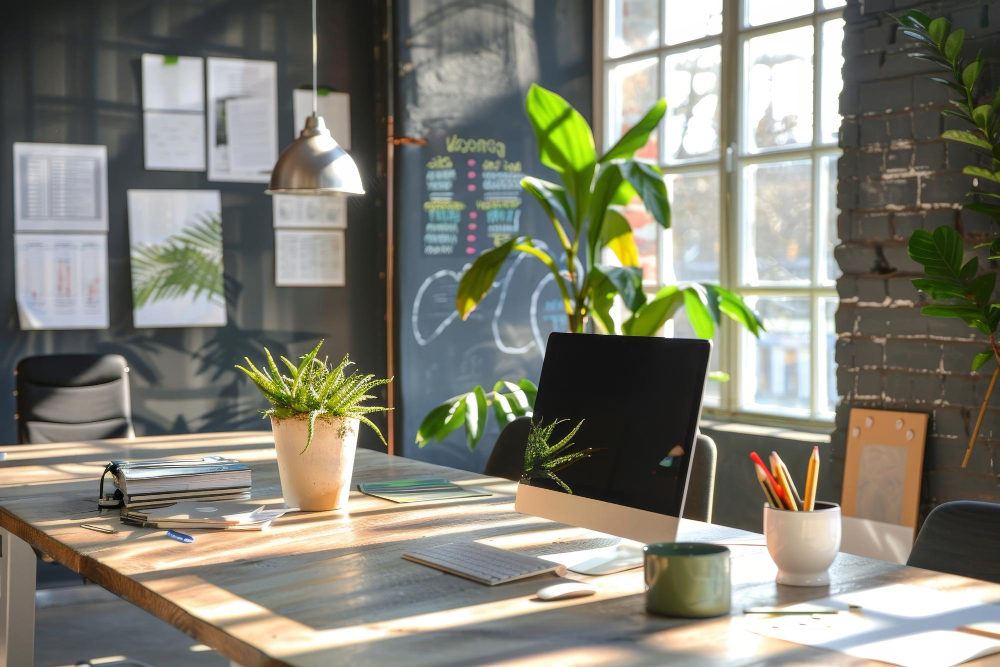Psychology Behind Website Colours: Unlocking Its Power in Web Design
Choosing the right colours for your website is more than just aesthetics — it's psychology in action. Colours evoke emotions, influence moods, and even affect purchasing decisions. For example, blue often inspires trust and calm, while red can create urgency and excitement. When used thoughtfully, your website's colour palette becomes a powerful tool for communicating your brand's personality and values.
Why Color Matters
Visitors subconsciously interpret colours within seconds of landing on your site. The wrong palette can confuse your message or repel potential clients. On the other hand, a well-chosen scheme reinforces your brand identity and encourages users to engage. Colours can also impact user experience by guiding attention to important sections, such as calls to action or special offers.

Every business needs a website to reach customers, build trust, and drive sales.
Contact us today for a website design that turns visitors into customers.
Popular Colour Meanings in Web Design
Blue: Trust, security, professionalism
Red: Energy, urgency, passion
Green: Growth, health, sustainability
Yellow: Optimism, friendliness, creativity
Black: Sophistication, luxury, elegance
Tips for Choosing Your Palette
Align colours with your brand personality and audience expectations.
Use contrast to improve readability and highlight calls to action.
Limit your palette to 3-4 main colours for a cohesive look.
Test your colours on different devices to ensure consistency.
Understanding colour psychology helps you create a website that connects emotionally with visitors, building trust and encouraging action. Remember, the right colors can set the tone for your entire user experience and make your brand unforgettable.





